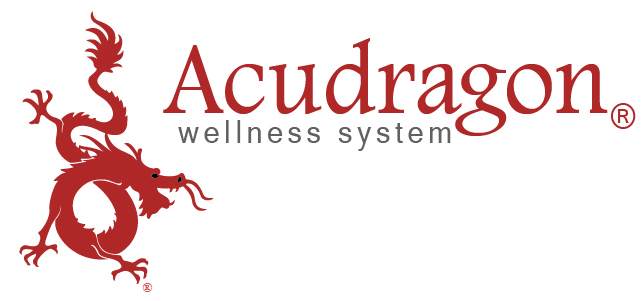Structure and Alignment: looking at the skeletal system in relation to the muscles, tendons, ligaments, soft tissue and fascia.
The skeletal system is an essential component of the human body, providing structural support and protection for our vital organs. However, it is not just bones that make up our skeletal system. There are also muscles, tendons, ligaments, soft tissue, and fascia that work together to keep our bodies moving and functioning correctly.
In this blog, we will explore the relationship between the skeletal system and these other components, and how they work together to keep our bodies healthy and strong.
Structure of the Skeletal System
The skeletal system is made up of bones, which are connected to each other by ligaments. These bones and joints provide the framework for our bodies, allowing us to stand, walk, run, and move in various ways. Each bone in our body has a specific shape and function, and they all work together to support our weight and protect our organs.
Alignment of the Skeletal System
Proper alignment of the skeletal system is essential for optimal function and movement. When our bones and joints are aligned correctly, it allows our muscles, tendons, and ligaments to work more efficiently, reducing the risk of injury and strain.
However, poor alignment can cause a range of problems, including joint pain, muscle tension, and even chronic conditions such as arthritis. Therefore, it is crucial to maintain good posture and alignment to keep our bodies functioning at their best.
Muscles, Tendons, and Ligaments
Our muscles, tendons, and ligaments work together to help us move and perform various activities. Muscles are responsible for contracting and relaxing, which allows us to move our limbs and perform everyday tasks. Tendons are connective tissues that attach muscles to bones, while ligaments connect bones to each other.
When we use our muscles, tendons, and ligaments, they create tension and force on our bones and joints. This tension is what allows us to move and perform various activities. However, too much tension or force can lead to injuries, such as strains, sprains, or even tears.
Soft Tissue and Fascia
Soft tissue and fascia are often overlooked when discussing the skeletal system. However, they play a crucial role in supporting our bones and muscles. Soft tissue includes muscles, tendons, cartilage and ligaments, while fascia is a type of connective tissue that covers and supports our muscles and organs.
Soft tissue and fascia help to distribute forces evenly across our bodies, reducing the risk of injury and strain. They also provide support for our bones and joints, helping to maintain proper alignment and function.
In addition to the Western perspective, Chinese medicine has a unique perspective on the skeletal system and its relationship to the muscles, tendons, ligaments, soft tissue, and fascia.
According to Chinese medicine, the bones are governed by the Kidney system, which is responsible for growth, development, and the formation of bones. The muscles are connected to the spleen and stomach energies and the tendons, and ligaments are governed by the Liver system, which is responsible for the smooth flow of Qi (energy) and blood throughout the body.
Soft tissue and fascia are also important in Chinese medicine, as they are considered to be part of the Jing Luo, or meridian system. These meridians are pathways that run throughout the body, carrying Qi and blood to different organs and tissues.
In Chinese medicine, proper alignment and function of the skeletal system and its related components are crucial for overall health and well-being. Imbalances in the Kidney and Liver systems can lead to problems such as weak bones, joint pain, and muscle tension. Therefore, Chinese medicine emphasizes the importance of maintaining balance and harmony within these systems to prevent and treat musculoskeletal issues.
Chinese medicine also uses acupuncture, herbal medicine, and other modalities to help support the health and function of the skeletal system and its related components. Acupuncture can help to improve blood flow and promote the smooth flow of Qi, while herbal medicine can provide nourishment and support for the bones and muscles.
#skeletalsystem
























































Recent Comments